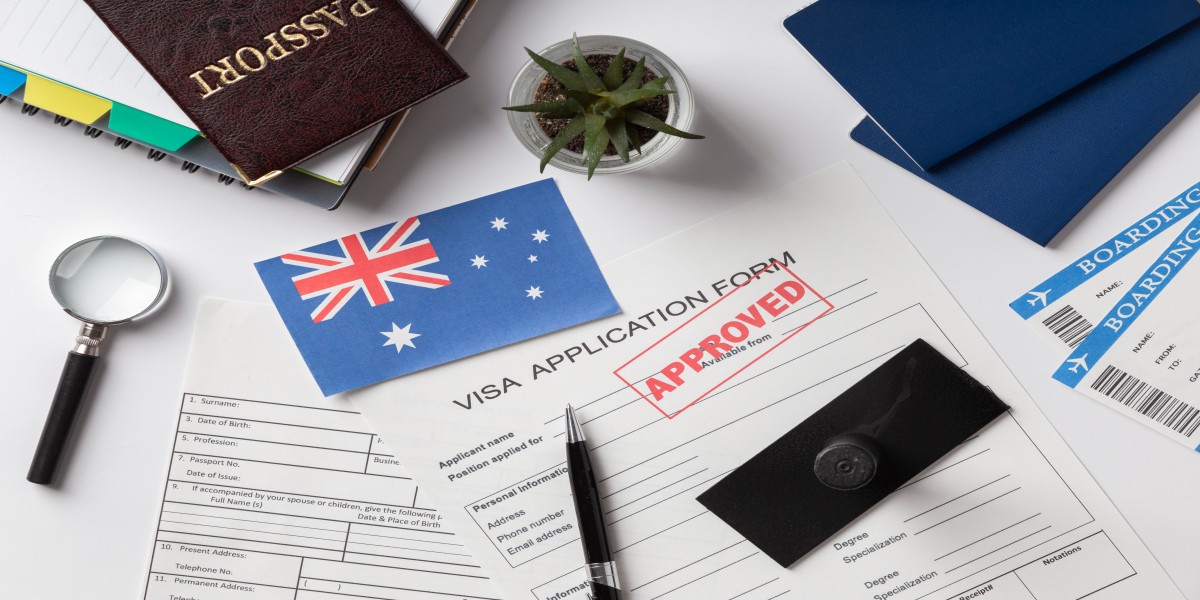Australia, with its world-class education system and abundant career opportunities, has become a coveted destination for international students and skilled professionals alike. In this blog post, we’ll explore two significant visa pathways – the Student Visa Subclass 500 and the Skilled Independent Visa – that play pivotal roles in facilitating education and skilled migration to the Land Down Under.
Student Visa Subclass 500
Opening Doors to Educational Excellence
Eligibility Criteria:
The Student Visa Subclass 500 is designed for international students who wish to undertake a course of study in Australia. To be eligible, applicants must have a confirmed offer of enrollment from an Australian educational institution.
Course of Study:
This visa allows individuals to pursue a variety of courses, including vocational education, higher education, and even English language courses. The choice of the course often depends on the individual’s academic and career goals.
Work Rights:
One of the notable features of the Subclass 500 visa is the provision for limited work rights. Students can work up to 40 hours per fortnight during the academic semester and unlimited hours during scheduled breaks, providing a valuable opportunity to gain work experience.
Post-Graduation Opportunities:
Upon completion of their studies, Subclass 500 visa holders may be eligible for a Temporary Graduate Visa (Subclass 485), allowing them to work, live, and further explore career opportunities in Australia.
Skilled Independent Visa
Carving a Path to Permanent Residency
Eligibility Criteria:
The Skilled Independent Visa (Subclass 189) is a points-based visa designed for skilled workers who are not sponsored by an employer, a state, or a family member. It requires candidates to submit an Expression of Interest (EOI) and be invited to apply.
Points-Based System:
To be eligible, applicants must accumulate a minimum number of points based on factors such as age, qualifications, work experience, English proficiency, and more. The points system aims to select candidates with skills in demand in the Australian job market.
Occupation List:
The Skilled Independent Visa is subject to the Skilled Occupation List (SOL). Applicants must nominate an occupation from this list that aligns with their skills and qualifications.
Permanent Residency:
One of the key advantages of the Subclass 189 visa is that it leads to permanent residency in Australia. Successful applicants can enjoy the benefits of living and working in Australia indefinitely.
The Intersection of Student Visa Subclass 500 and Skilled Independent Visa
Strategic Pathways:
Many individuals choose to initially enter Australia on a Student Visa Subclass 500, allowing them to pursue higher education and gain valuable local experience. Subsequently, they may transition to a Skilled Independent Visa, leveraging their Australian qualifications and work experience.
Points for Australian Education:
Completing a degree or course in Australia often earns additional points in the Skilled Independent Visa application, contributing to a higher chance of receiving an invitation to apply.
Conclusion
The Student Visa Subclass 500 and the Skilled Independent Visa represent distinct yet interconnected pathways for international students and skilled workers seeking opportunities in Australia. Whether you’re aspiring to pursue education or embark on a skilled migration journey, understanding these visa options is essential. At every step, seeking guidance from experienced migration professionals can significantly enhance the chances of a successful visa application and a fulfilling experience in Australia.
